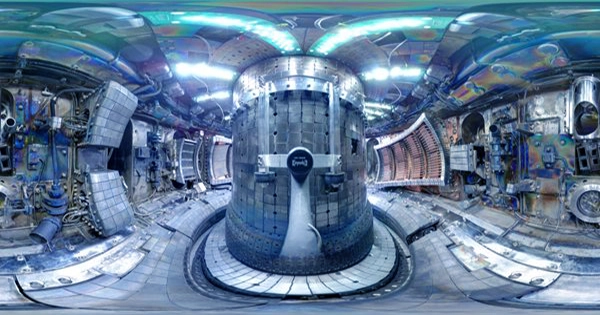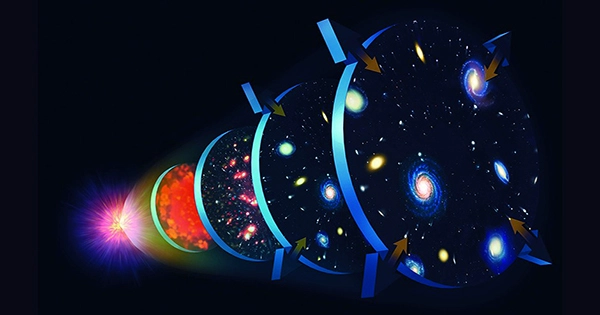Gaseous hydrogen fuel is subjected to extreme heat and pressure inside a tokamak until it transforms into plasma hotter than the Sun’s core, creating the ideal environment for nuclear fusion. This plasma is contained by powerful magnetic fields, which keep it from reaching the walls and maintain the reaction. However, this is no easy task: each coil must react to each variation in plasma, providing the perfect field to contain it and keep the reactor going. DeepMind and EPFL’s Swiss Plasma Center (SPC) have developed a novel strategy that uses artificial intelligence (AI) to create a single unified neural network that controls all magnetic coils, marking a significant step forward in the quest for infinite energy generation.
The results of their research were published in the journal Nature. Tokamaks are donut-shaped machines utilized in nuclear fusion research, and they’re expected to be the design used in future prospective fusion reactors if they ever become economically viable. Energy is carried away from the plasma field by neutrons, which have no electrical charge and are unaffected by magnetic fields, while the plasma spirals around the torus shape with a current equivalent to a bolt of lightning. These neutrons clash with an outside “blanket,” which absorbs them and heats the material, providing steam to power turbines.
Earlier incarnations of EPFL’s Variable Configuration Tokamak (TCV) used 19 unique algorithms for each coil to adjust the magnetic field, probing the plasma thousands of times per second and reacting appropriately to contain it. This novel method employs DeepMind’s AI to regulate the fluctuating voltage of each coil in order to preserve precise plasma topologies. The researchers tested it on a simulation designed to simulate the systems on the tokamak before using it on the real thing.
After being trained, the algorithm could build precise plasma configurations utilizing the exact settings needed, as well as create different plasma forms and maintain two plasmas in one simulation. The next step was to test it on a real tokamak, and the findings were exceedingly encouraging, mirroring the simulation’s success. Of course, this is only one piece of the fusion energy puzzle, but it’s a big step in the right direction.
“Once this is completed, the story does not end here.” Then you have to turn it into a power plant,” Gianluca Sarri, a professor at Queen’s University Belfast in the United Kingdom, told New Scientist. “And, in my opinion, AI is the only path ahead.” There are so many variables that even a minor modification in one of them can have a significant impact on the ultimate result. If you try to do it manually, it will take a long time.”















